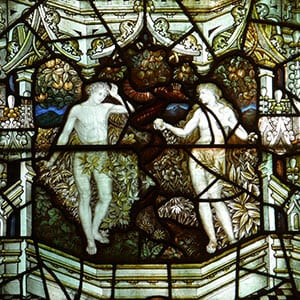Translation in History Lecture Series: Bible translation and South Asian Christianity
By ucyow3c, on 10 March 2015
![]() Written by Marta Crickmar, Translation Studies PhD student
Written by Marta Crickmar, Translation Studies PhD student

Image from Religious Transactions in Colonial South
India, authored by Dr Hephzibah Israel (Credit: Palgrave)
A fast-paced tale of faraway lands, impossible choices and political intrigues might bring to mind the plot of an enthralling TV drama but, in fact, one could find it all (and more) in a lecture given by Dr Hephzibah Israel from University of Edinburgh as a part of the UCL Translation in History Lecture Series.
As a specialist in literary and sacred translations within the South Asian context, Dr Israel was just the person for the job of introducing us to the captivating history of Bible translation in 19th century India. It must be said that the topic of the lecture, as interesting as it was in itself, was made all the more compelling by the speaker’s engaging and energetic presentation.
The talk started with a brief historical overview of the Protestant Bible’s translation in India. We learned that the first two translations of the New Testament into Tamil were produced in the 18th century by German missionaries – Bartholomeus Ziegenbalg and Johannes Fabricius. However, it was not until the 19th century that the Bible was translated into other Indian languages and that Indian translators started to be included more formally in the translation process.
The British and Foreign Bible Society (or the Bible Society), formed in 1804 to ensure ‘proper’ translation and wide circulation of the Bible, played a very important role in the history of Bible translation in India. All attempts to translate the Bible had to be authorised by this powerful organisation whose political actions and editorial decisions were often controversial both in India and 19th century Britain.
 Close
Close




